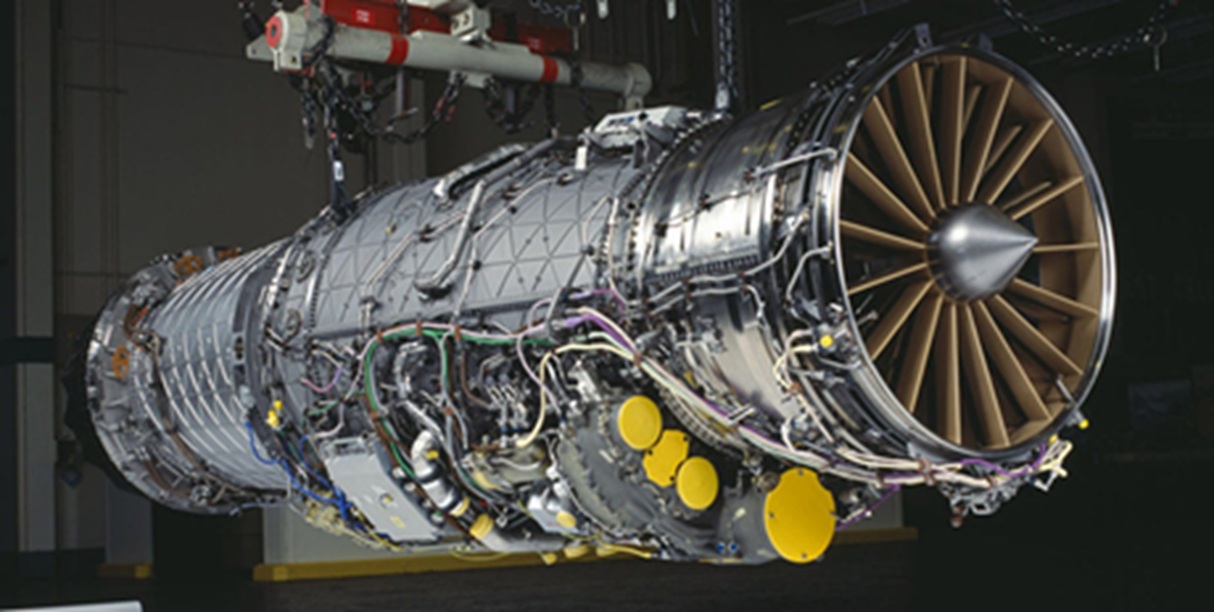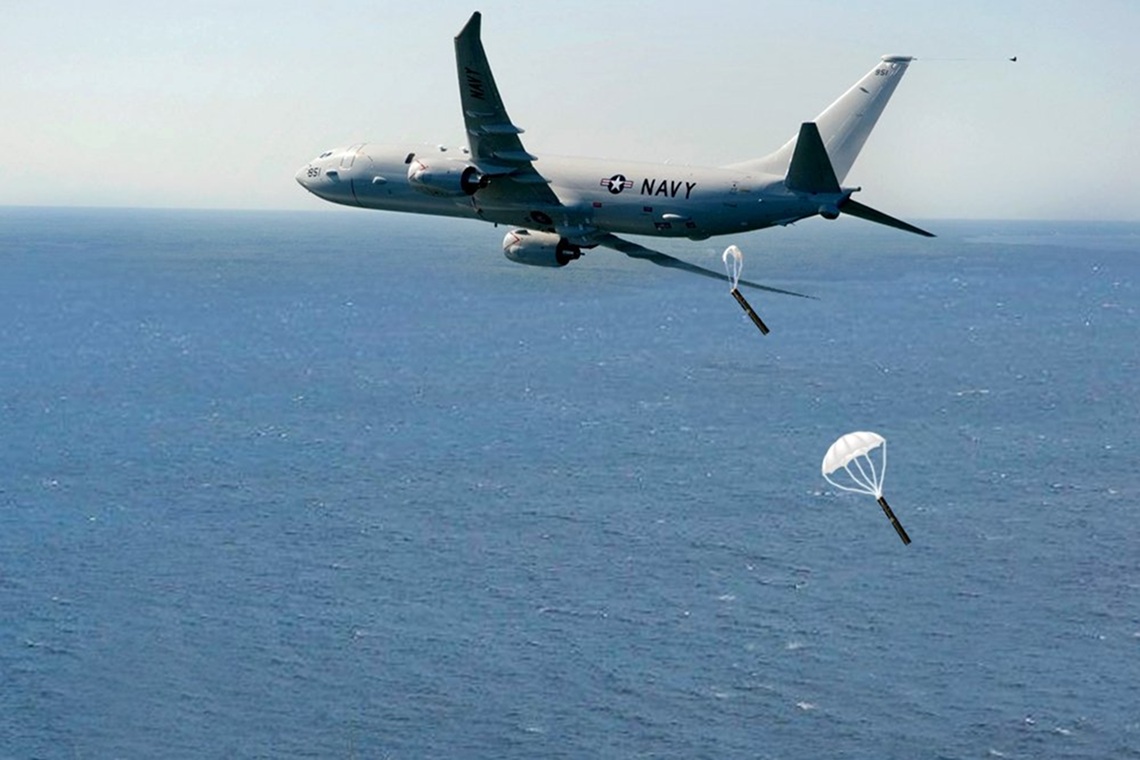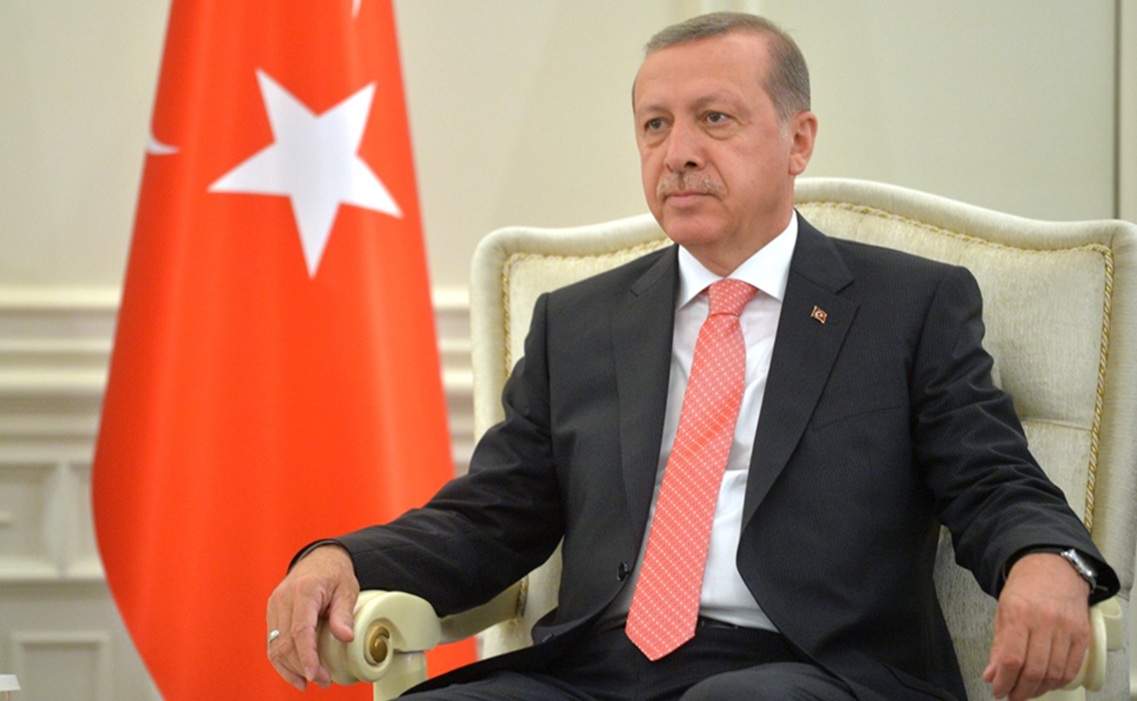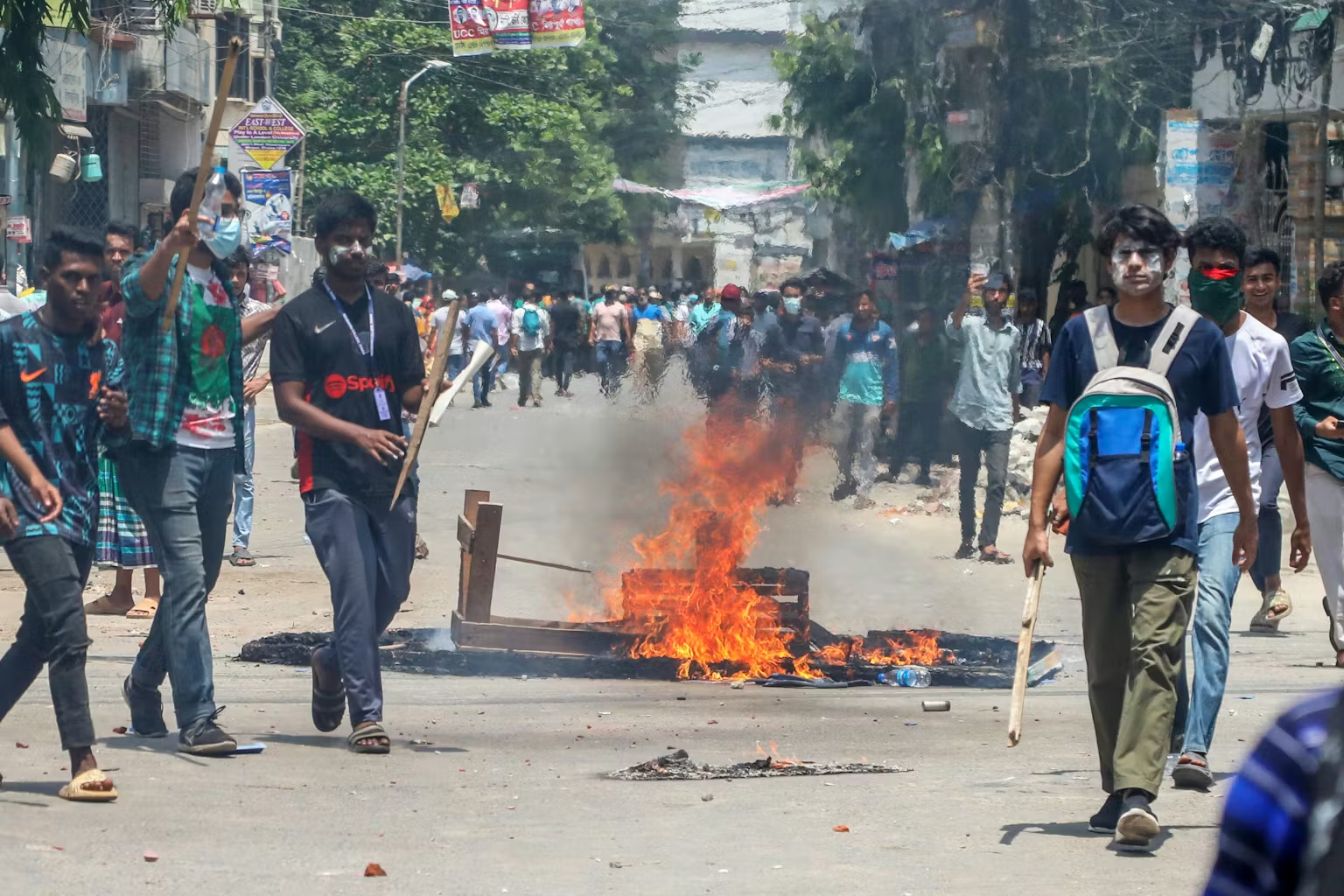As India plans its next-generation fighter roadmap, which ranges from the indigenous AMCA to prospective exports and, hopefully, multinational partnerships, it is also reportedly examining interim options, such as the F-35 and the Su-57. These considerations are not driven solely by capability enhancement, but by strategic urgency. China’s rapid airpower modernisation, its support to Pakistan’s growing aerial inventory, and the operational lessons of Operation Sindoor have underscored the need for credible conventional deterrence and sustained air dominance. In this evolving context, it is tempting to focus on visible attributes such as stealth shaping, thrust-to-weight ratios, sensor fusion, or upfront acquisition cost. Yet beneath these specifications lies a more enduring determinant of combat effectiveness and airpower readiness, the lifecycle performance of the fighter engine.
Recent narratives contrast the US-built F-35 with Russia’s Su-57, often framing the former as costly and geopolitically constrained, and the latter as more affordable and compatible with India’s existing Russian-origin fleet. This framing, however, overlooks a deeper truth. Combat airpower is sustained not by platform performance alone, but by the reliability, maintainability, and long-term viability of the engine that powers it. It is engines, not just airframes, that shape the operational, logistical, and financial value of a fighter over the 30 to 40 years it must remain serviceable.
Day One Cost Is Not the Whole Story
In defence acquisition, “Day One cost” refers to the unit price paid for a system at the time of purchase. For fighters, this includes the airframe, avionics, propulsion, and initial weapon integration. The F-35A, for example, is currently priced at approximately $ 80 million per aircraft in production lots 15 to 17. The Su-57 is often cited at 35 to 40 million USD, though that number remains unaudited and does not include full integration costs or upgraded Izdeliye 30 engines. Russia aims for fighter engine independence and stealth-compliant propulsion with this system.
The Izdeliye 30 (also referred to as AL-51F1) is the next-generation turbofan engine developed by Russia’s UEC-Saturn for the Sukhoi Su-57M and potentially other future stealth aircraft. It is designed to replace the interim AL-41F1 engines currently powering early versions of the Su-57. If successful, Izdeliye 30 could rival the F135 (F-35) or WS-15 (China’s J-20) in raw power.
Engines still on the drawing board, such as Russia’s Izdeliye 30, China’s WS-15, or even India’s proposed GTRE–Safran collaboration, must contend with a hard truth. It is not enough to promise higher thrust, lower weight, or stealth-aligned features. Future contenders will be judged by how well they anticipate and build credible, export-friendly infrastructure today.
However, a fighter’s real cost unfolds over time. This is referred to as Lifecycle Cost (LCC), which includes fuel, spares, engine overhauls, maintenance man-hours, ground support equipment, software upgrades, depot-level repairs, and availability contracts for 25 to 40 years of operation. Globally, it is estimated that LCC accounts for 60 to 70 percent of the total cost of ownership for a frontline fighter aircraft.
The F-35 programme was initially criticised for its LCC projections, with lifetime costs estimated in excess of 1 trillion USD across the entire U.S. and partner fleet. However, economies of scale, better reliability data, and performance-based logistics (PBL) contracts have begun to stabilise those numbers. In contrast, the Su-57’s long-term cost is unknown. With no global MRO infrastructure, limited export uptake, and engines still under maturation, its future sustainment profile remains speculative.
Why Performance-Based Support Is Now the Standard
Globally, air forces are moving toward Performance-Based Logistics (PBL) and availability-based contracts. In this model, the manufacturer or prime vendor is paid not for spares alone, but for meeting clearly defined metrics such as engine uptime, mean time between failures, or fleet availability percentages. This shifts the risk from the operator to the OEM and encourages better design, modular spares, and predictive maintenance.
The F-135 engine powering the F-35 is supported by a layered sustainment architecture. The Autonomic Logistics Information System (ALIS), now replaced by the ODIN platform, tracks parts usage, schedules preventive maintenance, and provides early warning of failures. These tools enable air forces to plan flight hours with confidence, reducing unplanned downtime and cost spikes.
Russian systems, including the AL-31FP on the Su-30MKI and RD-33 on the MiG-29, follow a consumption-based model. Overhauls are done at fixed intervals, spares are batch-shipped with long lead times, and engine removals are reactive, not predictive. This is one reason why the RD-33 required overhauls every 350 to 500 flight hours, and the AL-31FP around 1,000 to 1,200 hours, resulting in more frequent maintenance cycles and higher man-hour burdens.
Learning from Japan: How Engine Thinking Shapes Fighter Strategy
India is not alone in grappling with the challenge of engine dependence and long-term sustainment costs. Japan offers a valuable case study in how engine decisions shape both capability and autonomy, not only in operational performance but in budgetary realism and industrial confidence.
Japan’s current F-2 fighter, a derivative of the F-16, is powered by the F110-GE-129, a high-thrust, reliable turbofan engine produced under license by IHI. This choice provided Japan with predictable TBO, known cost structures, and integration into a mature global MRO chain. The result has been consistent fleet availability.
Through its R&D agency ATLA and engine manufacturer IHI, Japan also developed the XF9-1, an indigenous 15-ton class prototype engine for stealth aircraft. While not inducted into production, this served as a tech demonstrator for thermal management, digital control, and high-power output capabilities, now feeding into the GCAP (Global Combat Air Programme) being co-developed with the UK and Italy.
The GCAP engine, under development by IHI, Rolls-Royce, and Avio Aero, aims not only for advanced performance but also for lifecycle cost stability. The engine is expected to feature modular architecture, high thermal efficiency, and power surplus for sensors and directed-energy systems. Crucially, it is being built from the outset with a view toward long-term support, export sustainment, and mission availability.
India should observe this carefully. Japan’s model shows the value of structured progression, from license production to indigenous prototypes to joint international development. Equally important, Japan has embedded cost-governance discipline into each stage of engine evolution, ensuring lifecycle predictability, not just performance headlines.
A Word on Indigenous Engines and the AMCA’s Future
India has long aspired to build its own jet engine, with the Kaveri programme as its early attempt. While that effort fell short, ongoing discussions with Safran for a joint 110–125 kN class engine could yield a powerplant suitable for AMCA Mk2 or later platforms.
Even if realised, this engine will face high initial lifecycle costs. TBOs may initially range from 1,200 to 1,500 hours, and domestic MRO maturity will take time to catch up. Early LCC is likely to be higher than for engines like the F414 or F135. The long-term payoff will depend on how successfully India builds a multi-platform user base, modular overhaul capacity, and real-time diagnostic systems into the engine ecosystem.
In other words, cost control is not a by-product of indigenisation. It is a parallel capability that must be built with equal rigour.
Final Word
Fighter engines are not just propulsion systems. They are the largest single contributor to maintenance costs, fleet downtime, and mission availability. Air forces around the world have moved away from acquisition-led thinking and now focus on cost per flight hour, overhaul intervals, and multi-decade support.
India must do the same. Until we produce a fully indigenous fighter engine with validated long-term metrics, the engines we choose will define not just combat power, but also our budget realism, export credibility, and strategic autonomy. In airpower, what looks cheaper today may cost far more over the decades to come.
Title image courtesy: Patria
Disclaimer: The views and opinions expressed by the author do not necessarily reflect the views of the Government of India and Defence Research and Studies









